How to Buy XRP in the Philippines | Ripple Guide and Use Cases
Ripple (XRP) wants to break barriers in conventional financial networks that restrict users with fees, charges, and delays. We will give you a brief introduction about this cryptocurrency and how to buy it in the Philippines.
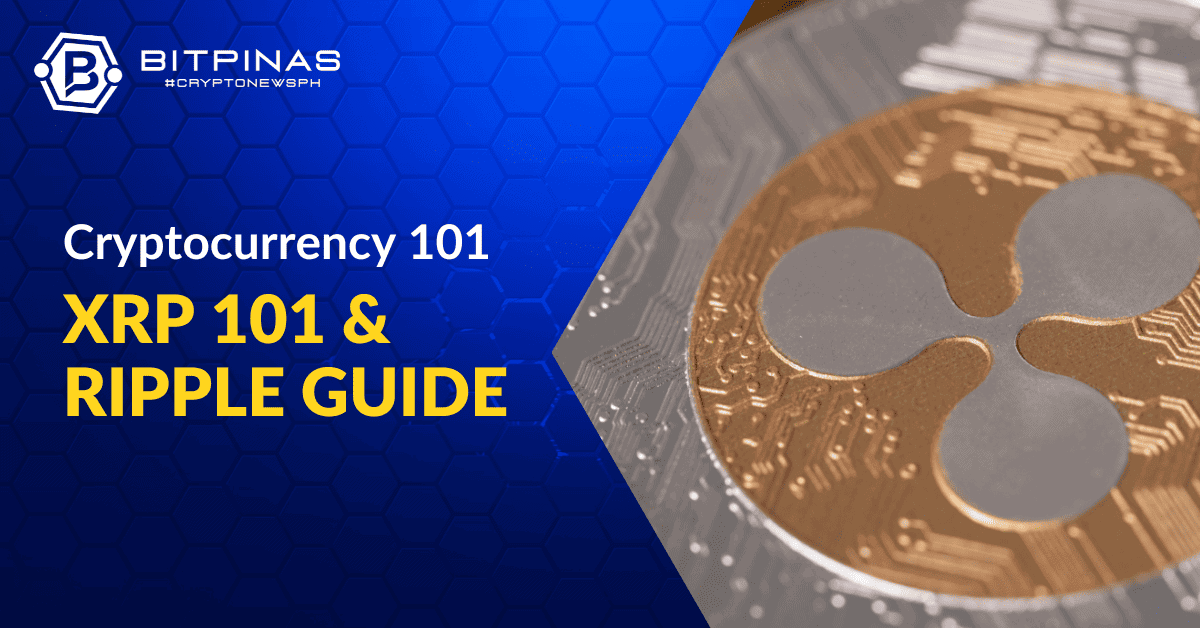
This article “Where to buy XRP in the Philippines” is updated on October 2023.
Because cryptocurrencies somehow look like an investment instrument, they sometimes get tagged by regulators as securities. And one of them got into trouble recently—the XRP token.
Check out 6 most recently updated crypto guides:
Check out more articles in our Cryptocurrency 101 Series.
XRP to PHP
Is Ripple XRP or is XRP Ripple?
The relationship between the XRP token and payment solutions company Ripple Inc. is quite confusing. But as clarified by crypto publication giant Coindesk, Ripple only “issues and partly manages” XRP.
To explain it further, XRP runs on the XRP Ledger, a blockchain-like network that claims to process fast and cheap cross-border payments. Ripple then uses the token and its network for its products and services, including remittances.
One example was mentioned by PDAX CEO Nichel Gaba during the BitPinas Webcast. Gaba revealed that many remittance companies choose XRP “because it has built-in systems to make the process seamless.”
So to make things short, Ripple does not own or control XRP and the XRP Ledger, but it is one of the users of the token and the network. It can also be noted that Ripple owns a large amount of XRP and that the company contributes to the development of the network.
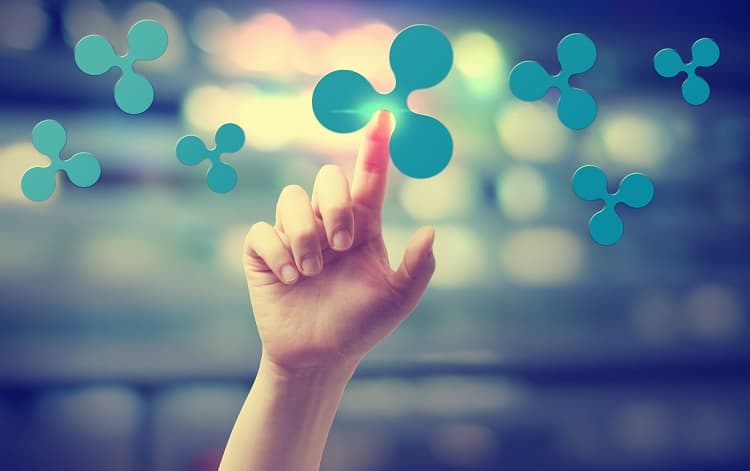
If Ripple Does Not Own XRP, Why Did It Face Charges Against U.S. SEC?
When we talked about stablecoin USTD, it can be recalled that stablecoins, because they are not volatile and their value is pegged to a particular asset, are a perfect fit for remittances. However, it can be noted that the first known stablecoin was launched in 2014, and XRP was introduced in 2012.
When XRP was launched, Ripple marketed it as a faster and cheaper alternative to Bitcoin for remittances. It is because the XRP Ledger does not use Bitcoin’s proof-of-work consensus mechanism.
This triggered the U.S. Securities and Exchange Commission (U.S. SEC) to tag the institutional sales of XRP as an unregistered offer and sale of investment contracts in violation of federal securities laws.
However, it can be noted that the U.S. Federal Court has concluded that the sale of Ripple’s XRP tokens on cryptocurrency exchanges and via algorithms are not “investment contracts.”
But the case between Ripple and the U.S. SEC is not done yet, as the court set an April 2024 trial date, so the other issues about the case that still need resolution will be addressed. It was after the court denied the motion of the regulator to put the case on hold as it may affect other pending cases about cryptocurrencies being tagged as securities.
Read more: Fed Court Denies U.S. SEC’s Appeal on Loss vs. Ripple
But most of all, Ripple’s win against the U.S. SEC has provided some regulatory clarity to the cryptocurrency industry. The decision is also said to influence other enthusiasts to believe more in the power of XRP.
Advantages of XRP: The Flash of the Crypto Landscape
As explained by Ripple, the XRP token and its ledger is fast, low-cost, and scalable: fast because transactions settle on the XRP Ledger in three to five seconds; low-cost because the fees cost at around $0.0002 per transaction on average; and scalable because the network can handle 3,400 transaction per second.
Aside from cross-border payments and remittances, the XRP Ledger can also be used locally—in CBDCs.
“Using a private version of the public, open-source XRP Ledger, Central Banks can use a secure, controlled and flexible solution for the issuance and management of digital currencies,” Ripple explained.
The firm also emphasized that dApp developers can use the XRP Ledger’s open-source foundation to “build powerful applications without hurting the environment.”
These use cases are indeed a reflection that XRP could be a major player in the financial sector, which attracts more investors to hold the token.
In this article, unlock the world of Ripple with our detailed guide on how to purchase XRP in the Philippines. Make informed decisions and transact safely with BitPinas’ insights.
How to Buy and Sell XRP in the Philippines?
Aside from international exchanges and wallets, local crypto exchange giants Coins.ph, Coins Pro, PDAX, and GCrypto also offer XRP trading. The trading pair of XRP on these local exchanges is normally the Philippine peso.
Step 1: Secure an account. Again, there are exchanges that allow unverified users to only buy crypto, but they cannot sell or transfer the token. Thus, using a verified account is a must. Common requirements to verify an account include a phone number, and email address, a valid ID, and a selfie verification.
Step 2: Choose the XRP trading pair and type in the desired amount.
Step 3: Check if the transaction is successful by looking at the crypto wallet.
Step 4: To send the XRP to another wallet, just choose the transfer feature, type the amount of token to be transferred, and enter the wallet address. Check if the wallet is compatible with XRP.
Best Practices When Buying XRP
When buying XRP, always choose a reputable and regulated exchange to avoid getting scammed. Dealing with regulated exchanges gives users the assurance that their funds are safe and that if ever a fraud happens, there will be someone held accountable for it.
For holding it long term, it is better to transfer the XRP tokens to non-custodial wallets where the keys are kept by the owners, not the exchanges. For other tips on how to secure XRP, read our ETH 101 article that discussed different wallets for storing Ether and other crypto.
Lastly, users should still DYOR and stay informed. Buying XRP does not guarantee profit, it could also be affected by the bear market, and its fiat value can fluctuate significantly. Thus, staying updated on the latest news and trends in the XRP ecosystem is a must.
This article is published on BitPinas: How to Buy XRP in the Philippines | Ripple Guide and Use Cases
Disclaimer:
- Before investing in any cryptocurrency, it is essential that you carry out your own due diligence and seek appropriate professional advice about your specific position before making any financial decisions.
- BitPinas provides content for informational purposes only and does not constitute investment advice. Your actions are solely your own responsibility. This website is not responsible for any losses you may incur, nor will it claim attribution for your gains.
Original article below (may contain outdated information):
BitPinas. Ripple (XRP) wants to break barriers in conventional financial networks that restrict users with fees, charges, and delays. We will give you a brief introduction about this cryptocurrency and how to buy it in the Philippines.
Please note that while a major cryptocurrency, XRP purchase does not mean buying shares of the company Ripple.
This article had a very minor update on October 2, 2018 and again on May 17, 2019.
What is Ripple?
Ripple is a platform which uses an open payment network. It uses the digital asset XRP, its official cryptocurrency in making transactions.
Ripple’s aim is to decentralize the digital currency approach. The idea is to replace SWIFT, a system used by banks to confirm money transfers between them. Of course SWIFT was created to make sure that when money moves out from one bank into another bank, the former bank doesn’t really have that money anymore. The verification process actually takes time.
Payment systems today are where email was in the early ‘80s. Every provider built their own system for their customers and if people used different systems they couldn’t easily interact with each other. Ripple is designed to connect different payment systems together. – David Schwartz, Chief Cryptographer, Ripple
Although Ripple wants to make transactions move freely, it doesn’t mean it is all free. It charges a really small portion of a Ripple from each transaction, which is still fairly low compared to banks and other financial institutions.
Ripple (the company) has been working with many companies in the Philippines. Ripple partners with these companies so that they can use its Ripple platform (xRapid or xCurrent) to facilitate faster cross-border payments. In a February 2019 report, Ripple said it wants to link Southeast Asia more tightly when it comes to the transfer of money.
The South Korean cryptocurrency exchange is linked to the Philippines through Cebuana Lhuillier through Ripple’s xCurrent. Remittance service Moneygram is partnered with Ripple. Finally, SendFriend, a Ripple-powered xRapid payments solution aims to cut costs and speed up remittances from the US to the Philippines.
How to buy XRP in the Philippines
The easiest way to buy Ripple as of August 10, 2018 is through Coins.ph! Check out our article here.
Buy Ripple at Binance Crypto Exchange
- Binance is one of the largest cryptocurrency exchanges in the world in terms of volume. Register at Binance here to purchase XRP in the Binance Platform. (You can also buy XRP with credit or debit card here.)
Steps to Buy at Binance
You can purchase XRP from Binance through P2P. This is the simplest out of the options mentioned in this article. Here are the steps:
- Log in or register to Binance
- Go to its P2P page
- Find a seller of USDT for your PHP
- Transfer USDT from Binance P2P to Binance Spot
- Find XRP/USDT Pair
- Trade
Note: The steps below has not been updated for sometime:
Update August 31, 2018:
Buy Ripple with Credit Card
- You can purchase XRP using your credit card or debit card using Cex.io.
- You can also do this with Abra.
- (Note that going the credit card route will mean exposing your card details to companies.)
Update: Mar. 28, 2018: Buy Ripple from Abra:
Abra supports depositing fiat via local banks and through credit cards. You can exchange bitcoins for XRP within the Abra App. Should in case you want to cash out, you can do via partner merchants like Tambunting.
Other ways to buy Ripple
- Coins.Pro of Coins.ph supports XRPPHP Trading pair.
- You can meet with an XRP trader in person or online by joining legit Ripple Facebook groups.
- Poloniex Crypto Exchange
- Bitfinex Crypto Exchange
- Other Cryptocurrency Exchange sites HERE.
XRP Wallets
The following are cryptocurrency wallets that support Ripple:
- Ledger Wallet
- Coinspot
- Coins.ph
Ripple Philippines
- If you’re able to get an XRP trader online and both parties are willing to meet up, make sure you and the trader are in a safe public place.
- Bitbit.cash doesn’t support XRP. Coins.ph does.
- After making a trade from your chosen Crypto Exchange, keep your XRP safe by tucking it back in your wallet.
As of this update (2018), Ripple currently sits at rank 3 in the cryptocurrency race basing from CoinMarketCap behind ethereum (eth). There will be a total of 100 billion Ripples to be released.
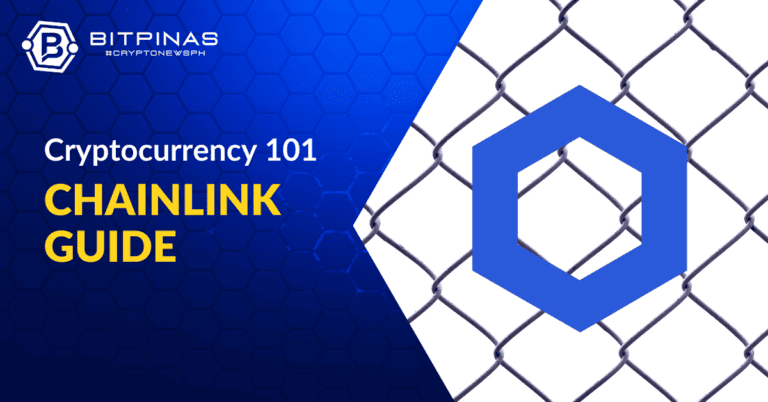

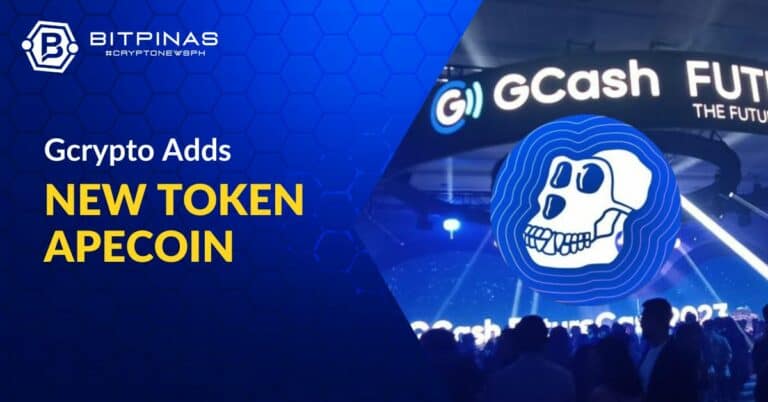

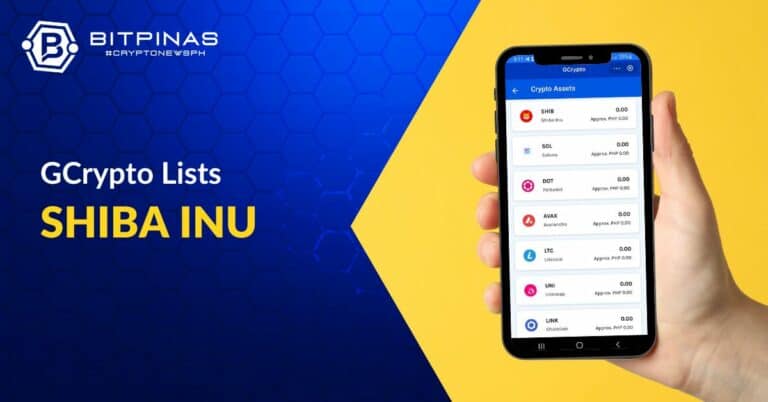
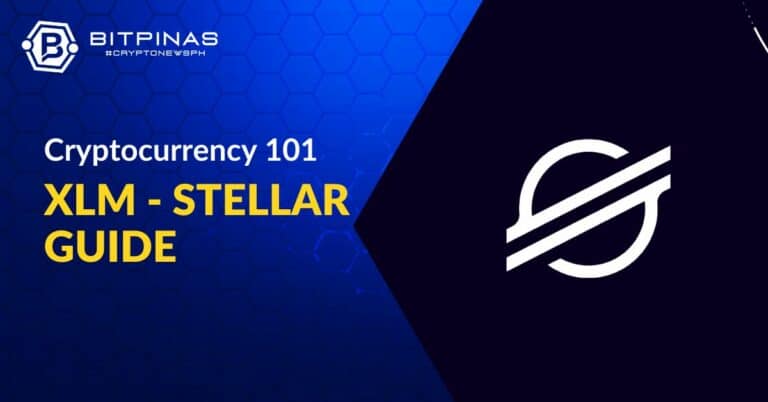
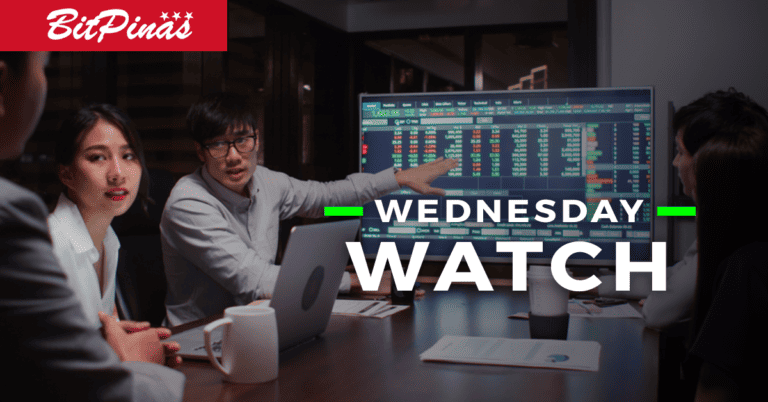
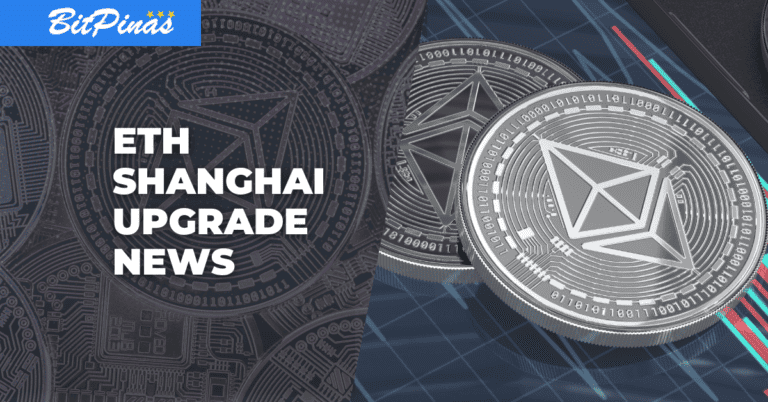
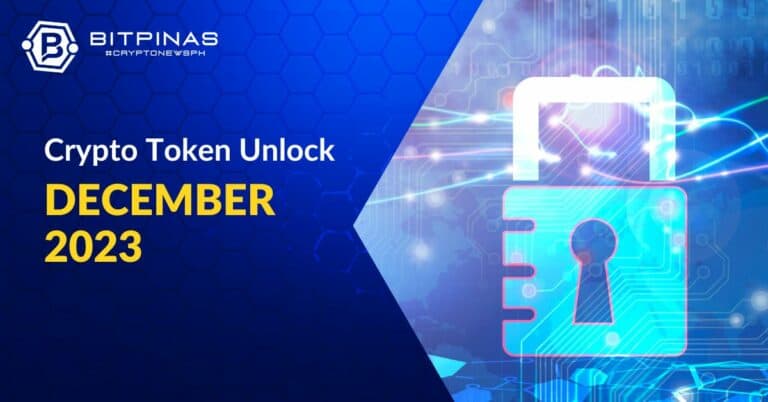

![[March 2024] Ultimate Guide to Solana Airdrops 2024 13 [March 2024] Ultimate Guide to Solana Airdrops 2024](https://bitpinas.com/wp-content/uploads/2023/12/A-List-of-Potential-Solana-Airdrop-Philippines-768x402.jpg)